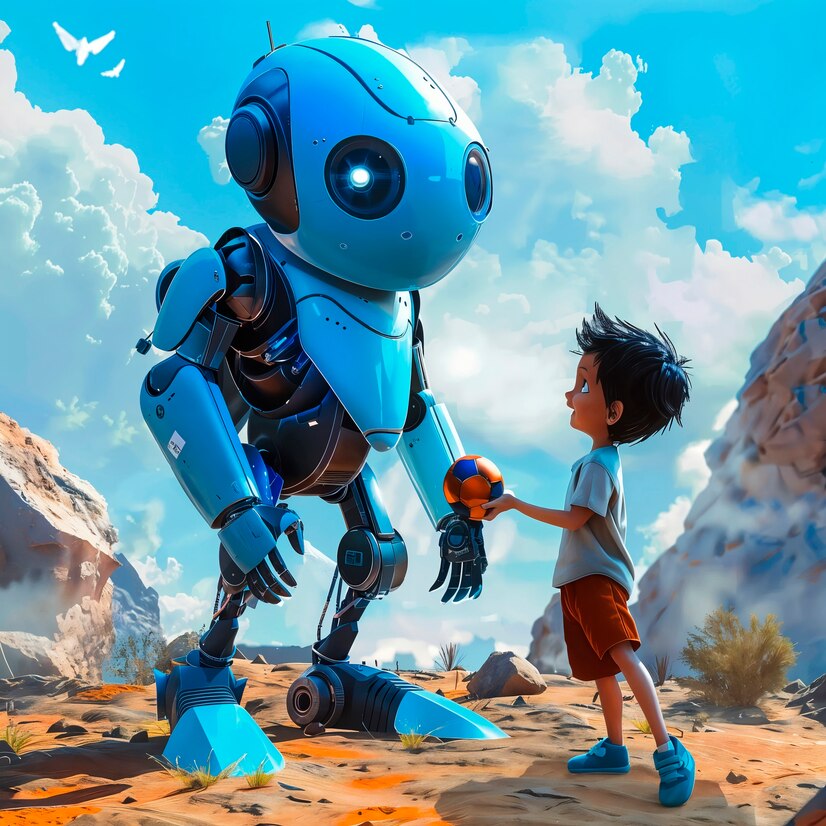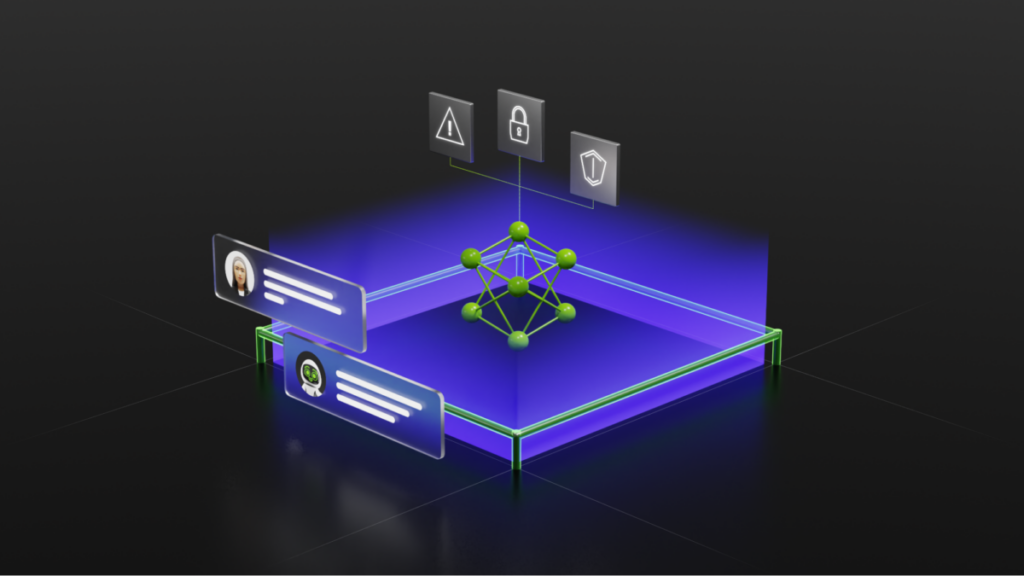
Technology has come a long way. What once seemed like a sci-fi fantasy is now a digital reality. One of the most fascinating trends today is the rise of the AI generated human—an artificial intelligence creation so lifelike in behavior, speech, and writing that it almost fools us into thinking it’s real.
But what does it really mean when we say “AI generated human”? And can machines ever truly replicate the depth and complexity of human behavior or emotion? Let’s break it down in the most human way possible.
What Does “AI Generated Human” Mean?
The Definition Behind the Buzzword
The term “AI generated human” refers to AI-generated characters, content, voices, or personas that mimic human traits. These can be digital avatars, text outputs, or entire personalities created to interact like real people.
Real-World Examples
From AI influencers like Lil Miquela to chatbot assistants like Siri or ChatGPT, we’re surrounded by forms of AI generated human content. Some write tweets, others do product reviews or even host events. It’s surreal.

The Technology Behind AI Generated Humans
Natural Language Processing (NLP)
NLP enables AI to understand and mimic human language, tone, and context. It’s why AI tools today can write articles that sound oddly personal.
Deep Learning & Neural Networks
These mimic the way our brains learn and respond. The more data AI consumes, the smarter it gets—picking up nuances in language, phrasing, and intent.
Generative Adversarial Networks (GANs)
GANs are responsible for creating hyper-realistic human images and even voices. These systems have “dueling” networks that learn by trying to outsmart each other, refining results with every pass.
Use Cases of AI Generated Human Content
Virtual Influencers
Some of the biggest social media personalities aren’t even real. AI-generated influencers post content, promote brands, and engage with fans like any human influencer would.
AI in Entertainment and Gaming
Video games now feature NPCs (non-playable characters) that are powered by AI-generated human behavior—making gameplay feel more immersive and lifelike.
AI-Powered Customer Support
Chatbots that feel less like bots and more like human agents are revolutionizing customer service. They remember your name, your issues, and respond with empathy.
Can AI Truly Sound Human?
Voice and Tone Improvements
Modern AI can shift tone based on emotion or setting. Want professional? Friendly? Sarcastic? It can be done with the right prompt.
Conversational Flow & Empathy
While AI lacks genuine emotion, it can be trained to recognize emotional cues in text and respond appropriately, giving the illusion of understanding.

Advantages of AI Generated Human Text
Scalable Content Creation
Whether it’s writing blogs, emails, or social media posts, AI makes it possible to scale fast without sacrificing too much quality.
Personalized User Experiences
AI-generated responses can be tailored to individual users, creating more engaging and meaningful interactions across platforms.
Limitations and Challenges
Risk of Inauthenticity
AI can mimic, but it can’t feel. Readers may sense the lack of soul in content that’s 100% machine-generated.
Ethical Concerns
Using AI-generated humans for deceptive purposes—like fake reviews or misleading avatars—is a real concern in the digital space.
Trust and Transparency
Users want to know if they’re interacting with a real person or an AI. Transparency builds trust, and hiding it can backfire.
How to Make AI Generated Human Content More Authentic
Manual Editing & Proofreading
Never publish AI content raw. Add your touch—edit, rephrase, and inject real insight or experience.
Injecting Personality & Storytelling
Add humor, anecdotes, or even vulnerability. That’s what makes content feel human—not just the words, but the emotions behind them.
SEO and AI Generated Human Content
When optimized correctly, AI generated human content can absolutely rank. Just make sure to include keywords naturally, structure with proper headers, and add human-led insights.
How Brands Are Adopting This Technology
Brands across industries—from fashion to tech—are using AI-generated personas for marketing, customer engagement, and even HR. It cuts costs, increases efficiency, and allows for 24/7 availability.

Future of AI Generated Humans
We’re heading toward a future where AI not only writes our emails but may also lead our Zoom calls, give TED Talks, or host YouTube channels. With developments in emotion AI, the gap between human and machine will keep shrinking.
The idea of an AI generated human isn’t just a buzzword—it’s a reflection of where technology is headed. It offers endless potential in content creation, marketing, and digital communication. But while it’s impressive, it’s not a full replacement for the real human touch—yet.
Use it wisely. Edit it thoughtfully. Combine AI’s speed with your soul. That’s where the magic happens.
FAQs About The AI Generated Human
What does “AI generated human” mean?
It refers to digital content, voices, or personas created by AI that mimic human traits, behavior, and language.
Can AI-generated content be truly human-like?
To an extent, yes. It can sound human, but lacks genuine emotion and experience.
Is it ethical to use AI generated humans in business?
Yes, if you’re transparent about it. Ethical issues arise when users aren’t informed.
How do I make AI content feel more real?
Edit it manually, add your personal voice, and use storytelling techniques.
Can AI generated human content rank on Google?
Yes, as long as it’s optimized for SEO and provides real value to readers.
